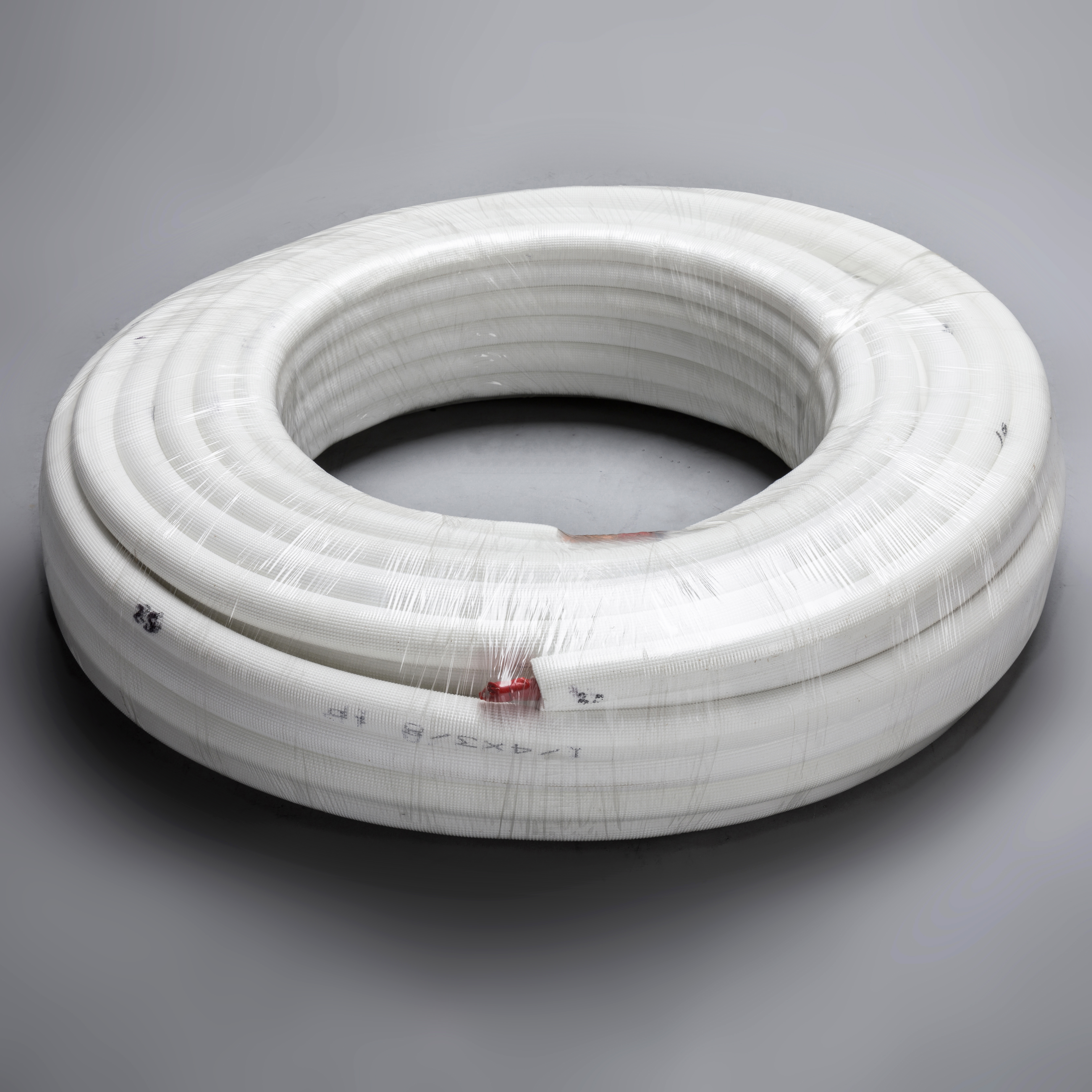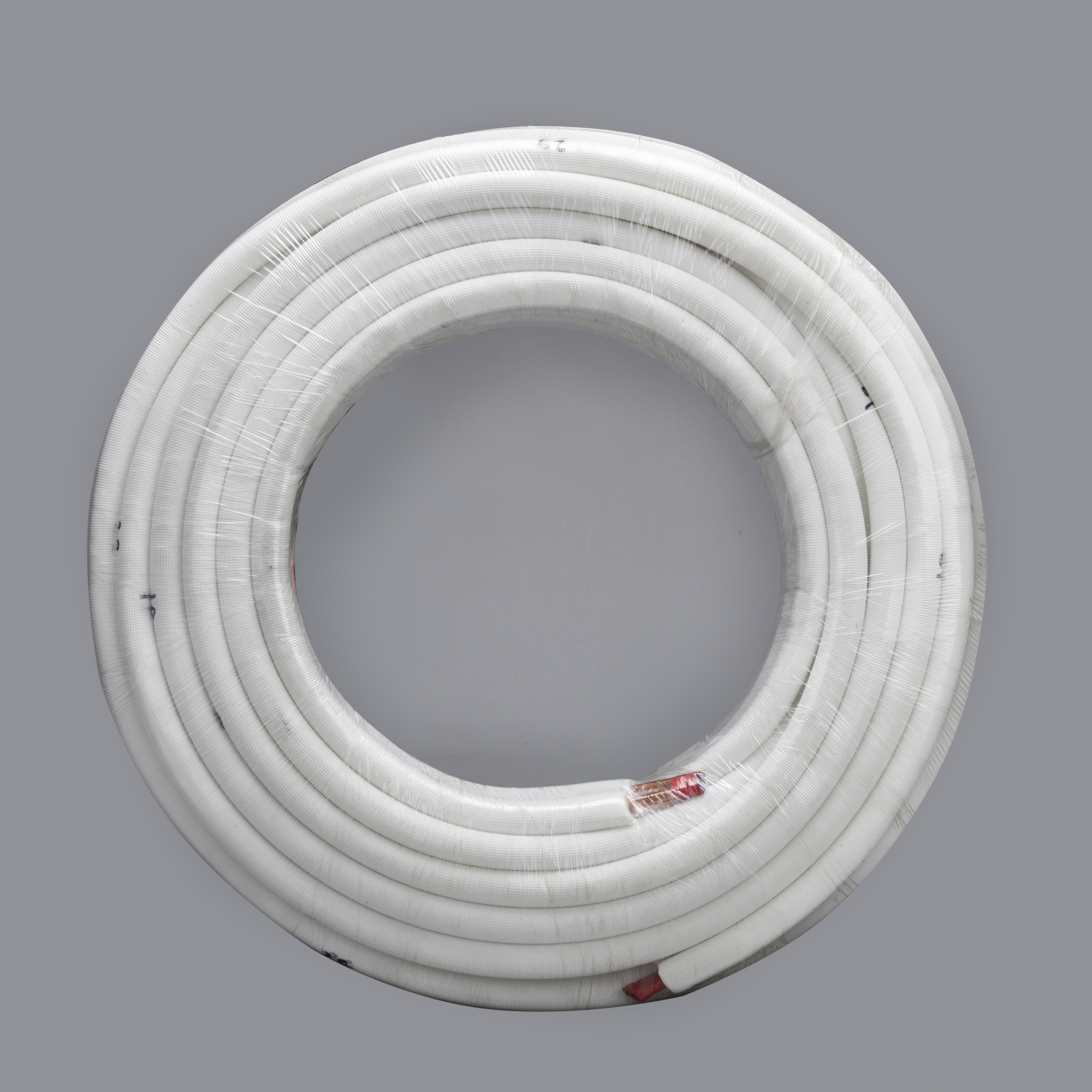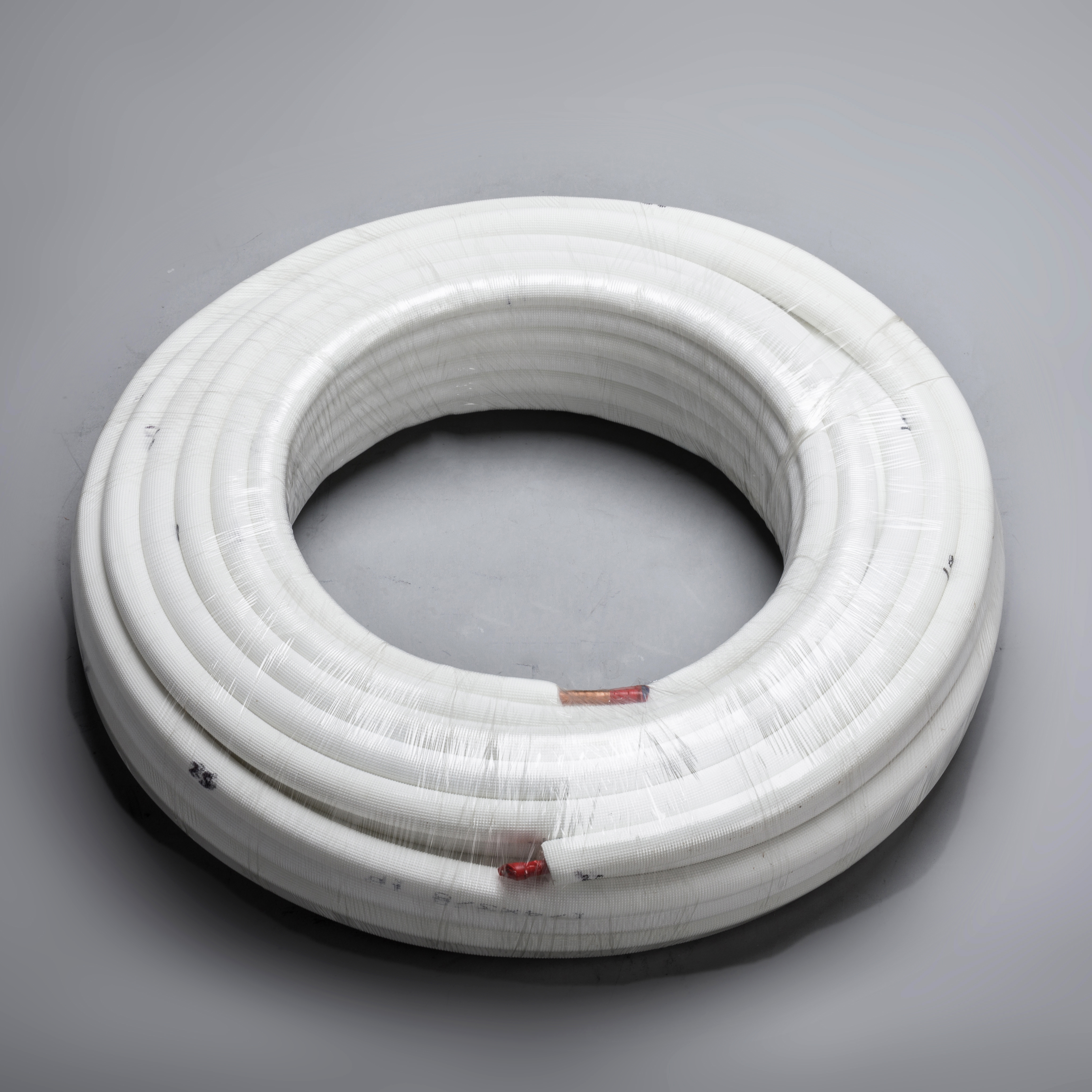Why Copper Pipes Trump PVC: Environmental Insights

In the realm of plumbing, the quest for environmentally friendly materials reigns supreme. Understanding the nuances between copper and PVC pipes is crucial. While both serve essential functions, the environmental impact sets them apart. The thesis stands firm: Copper pipes emerge as the superior choice in terms of sustainability and eco-friendliness. Utilizing a copper pipe crimper tool can make the installation of 3/4 copper pipe and 1/2 copper pipe more efficient. Additionally, knowing the various copper pipe sizes and how to solder copper pipe properly can further enhance their durability and performance.
Environmental Impact

Energy Consumption
Mining and Refining Copper
The process of mining and refining copper is a resource-intensive operation. It involves extracting raw materials from the earth, which demands significant energy inputs. This extraction process contributes to environmental disturbances, impacting ecosystems and natural habitats.
Production of PVC
In contrast, the production of PVC pipes involves a different set of energy requirements. The manufacturing process of PVC includes chemical reactions and treatments that consume substantial energy resources. These processes generate emissions that can have adverse effects on air quality and environmental sustainability.
Greenhouse Gas Emissions
Copper vs. PVC Emissions
When comparing the greenhouse gas emissions of copper and PVC pipes, distinct differences emerge. Copper's production emits higher levels of greenhouse gases compared to PVC systems. Despite its durability and recyclability benefits, the production phase of copper pipes contributes significantly to greenhouse gas emissions.
Long-term Environmental Costs
Looking beyond initial production, long-term environmental costs play a crucial role in assessing the sustainability of plumbing materials. While copper pipes offer longevity and reliability in plumbing systems, their environmental costs over time must be carefully considered. On the other hand, PVC's lower initial emissions may not outweigh its long-term environmental impacts.
By understanding the energy consumption and greenhouse gas emissions associated with both copper and PVC pipes, individuals can make informed decisions regarding their plumbing material choices. Considerations should extend beyond immediate benefits to encompass long-term environmental implications for a more sustainable future in plumbing practices.
Durability and Performance
When considering plumbing materials, the longevity of copper pipes stands out as a defining feature. Copper pipes, known for their strength and durability, offer a reliable solution for various plumbing needs. Their slight elasticity prevents snapping, making them particularly suitable for areas prone to seismic activity. In earthquake zones where pipes may face stress during tremors, copper pipes demonstrate resilience and longevity.
In contrast, the performance of PVC pipes can be marred by common issues that affect their functionality. PVC's susceptibility to damage under certain conditions can lead to leaks and failures in plumbing systems. Understanding these limitations is crucial when evaluating the overall performance of PVC pipes in comparison to copper.
The tools and techniques used for installation play a vital role in ensuring the efficiency and effectiveness of plumbing systems. Utilizing a copper pipe crimper tool streamlines the installation process, enhancing the structural integrity of the system. Moreover, mastering the art of soldering copper pipe techniques is essential for creating secure joints that prevent leaks and maintain optimal performance over time.
Recyclability and Future Considerations

Recyclability of Copper Pipes
Copper, as a highly recyclable material, plays a pivotal role in sustainable plumbing practices. Recycling copper is not just an eco-friendly choice but also a cost-effective one. By recycling copper pipes, individuals contribute to reducing the need for raw material extraction and associated environmental impacts. The ability of copper to be recycled over and over again without any loss of its properties makes it a valuable asset in promoting sustainability in the plumbing industry.
Copper Pipe Sizes and Recycling
Understanding the various copper pipe sizes is essential for effective recycling processes. Sorting copper pipes based on their sizes streamlines the recycling operations, ensuring maximum efficiency. By categorizing copper pipes according to their sizes, recyclers can optimize the recycling process and minimize waste generation.
Environmental Benefits of Recycling
The environmental benefits of recycling copper extend beyond waste reduction. Copper recycling requires ess energy than prima producrytion,l leading to a significant decrease in CO2 emissions. This reduction in energy consumption not only conserves valuable resources but also contributes to mitigating climate change. The cycle of recycling copper perpetuates its environmentally friendly attributes, making it a preferred choice for sustainable decarbonization technologies.
Reducing Waste and Resource Use
One of the primary advantages of recycling copper pipes is the reduction in waste generation and resource use. By repurposing existing copper materials, individuals can minimize the demand for new resources, thereby decreasing the environmental impact associated with mining and refining processes. Embracing copper recycling as a standard practice in plumbing installations can pave the way for more environmentally conscious construction methods.
Future Trends in Plumbing Materials
As sustainability takes center stage in construction practices, innovations in plumbing materials are on the rise. Manufacturers are exploring alternatives to traditional materials like copper and PVC to meet evolving environmental standards. Innovations in copper and PVC alternatives aim to combine durability with eco-friendliness, offering promising solutions for future plumbing needs. By staying informed about these emerging trends, individuals can make informed choices that prioritize both performance and sustainability.
Copper pipes, with their extended lifespan and high recyclability, offer a sustainable plumbing solution.
Their durability and resistance to bacteria make them a safer choice compared to plastic alternatives.
The production process may be energy-intensive, but the long-term benefits in reducing carbon emissions outweigh this initial cost.
Choosing copper over plastic can significantly decrease greenhouse gas emissions and energy consumption in building systems.
By prioritizing the environmental advantages of copper pipes, individuals can make informed decisions that promote both sustainability and efficiency in plumbing practices.


